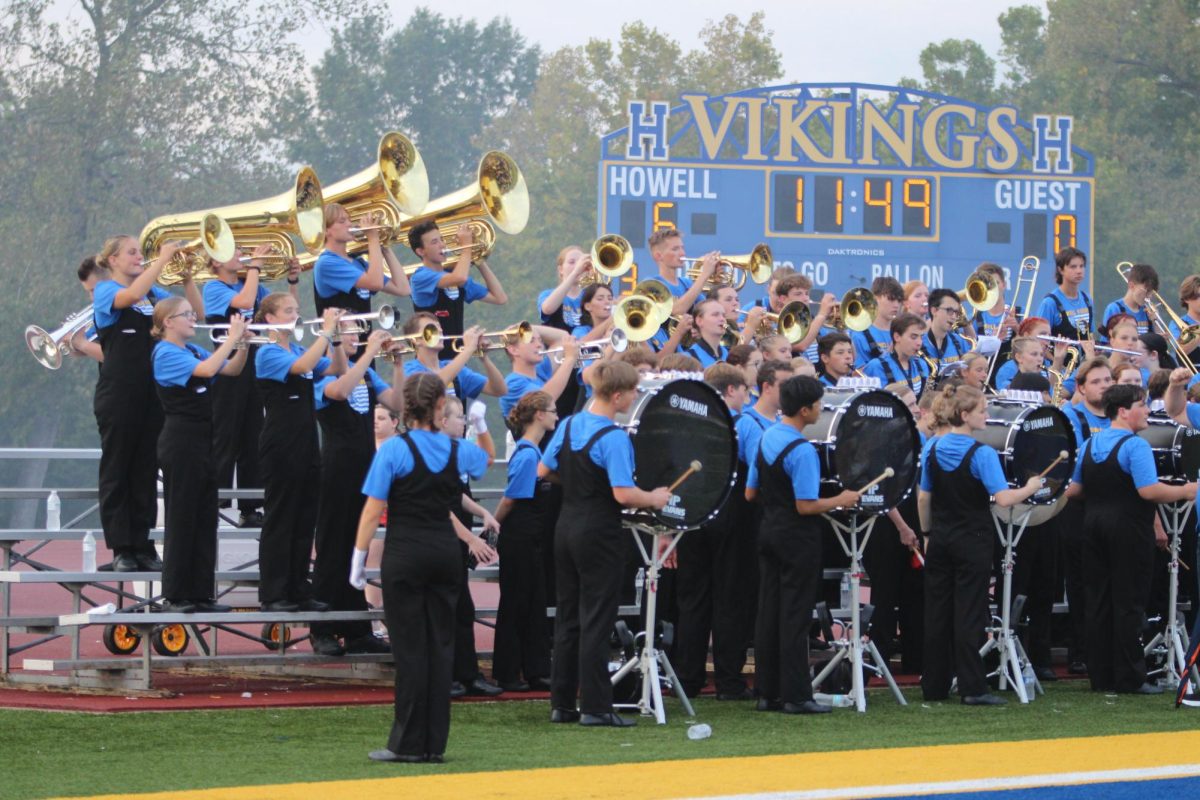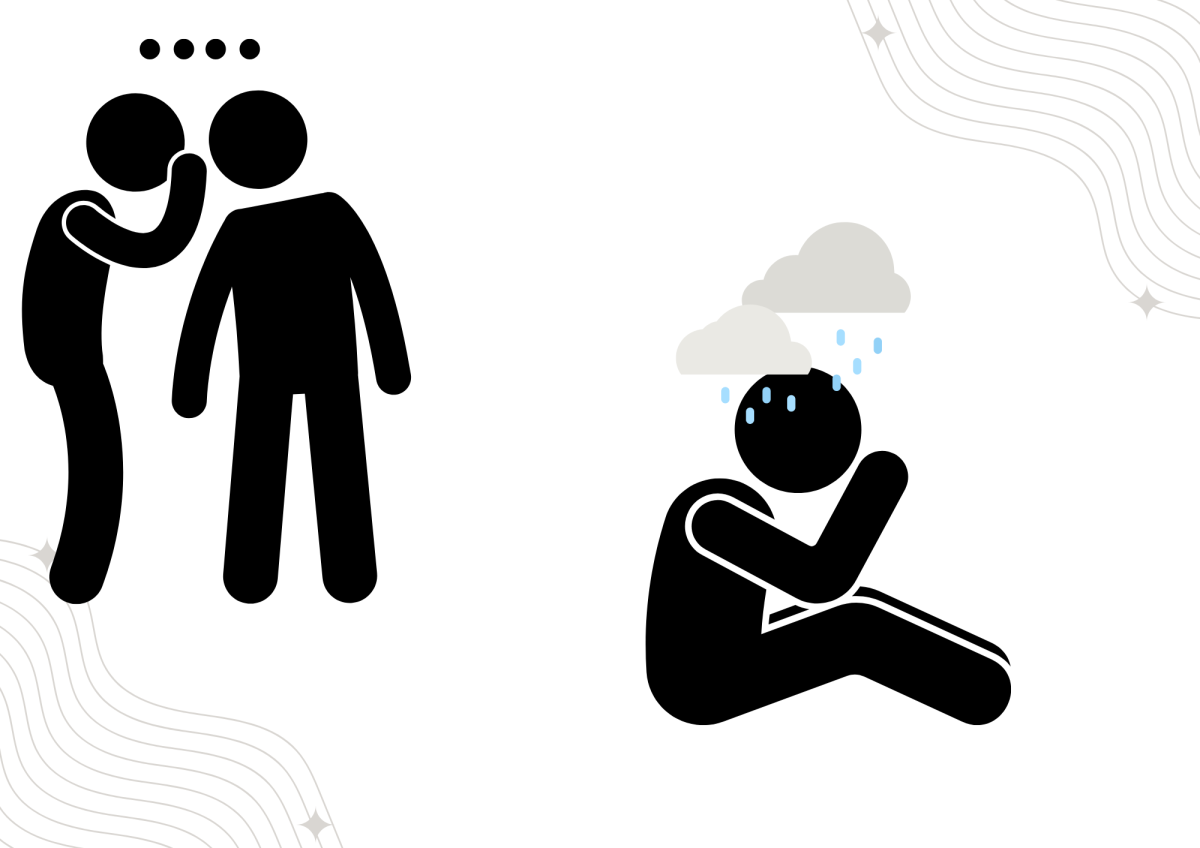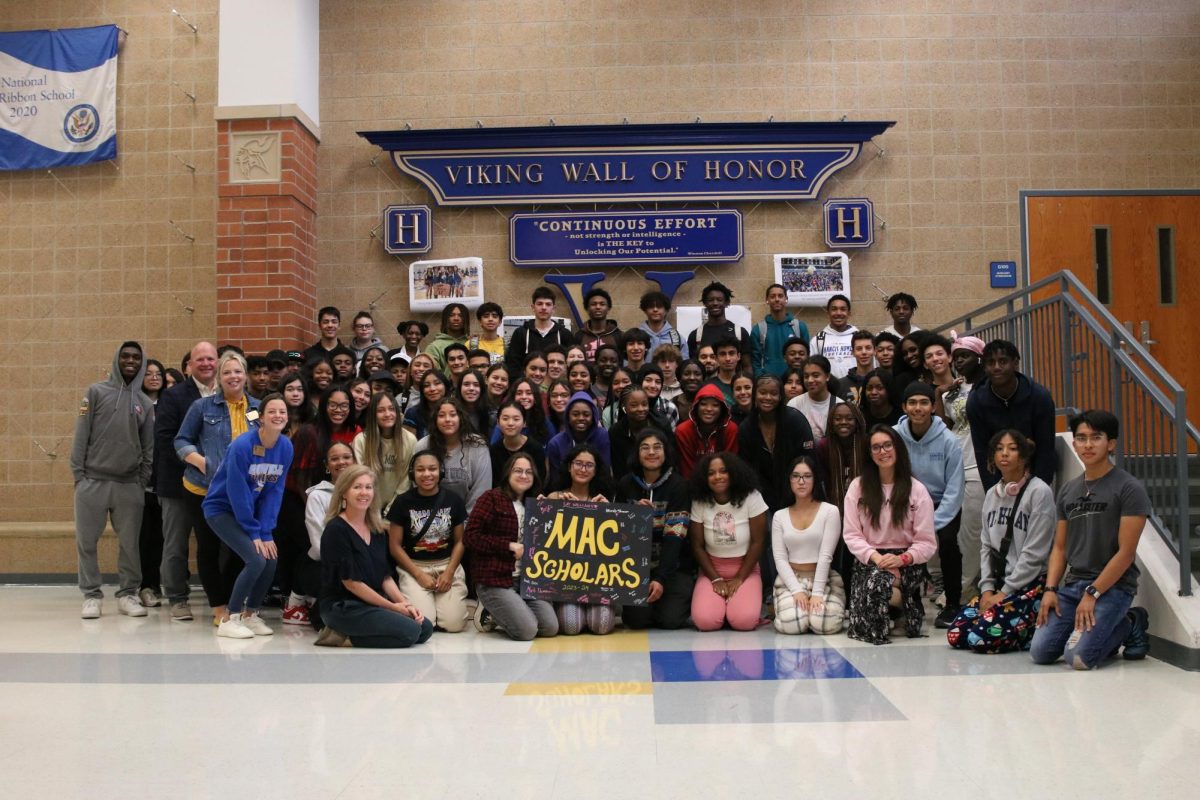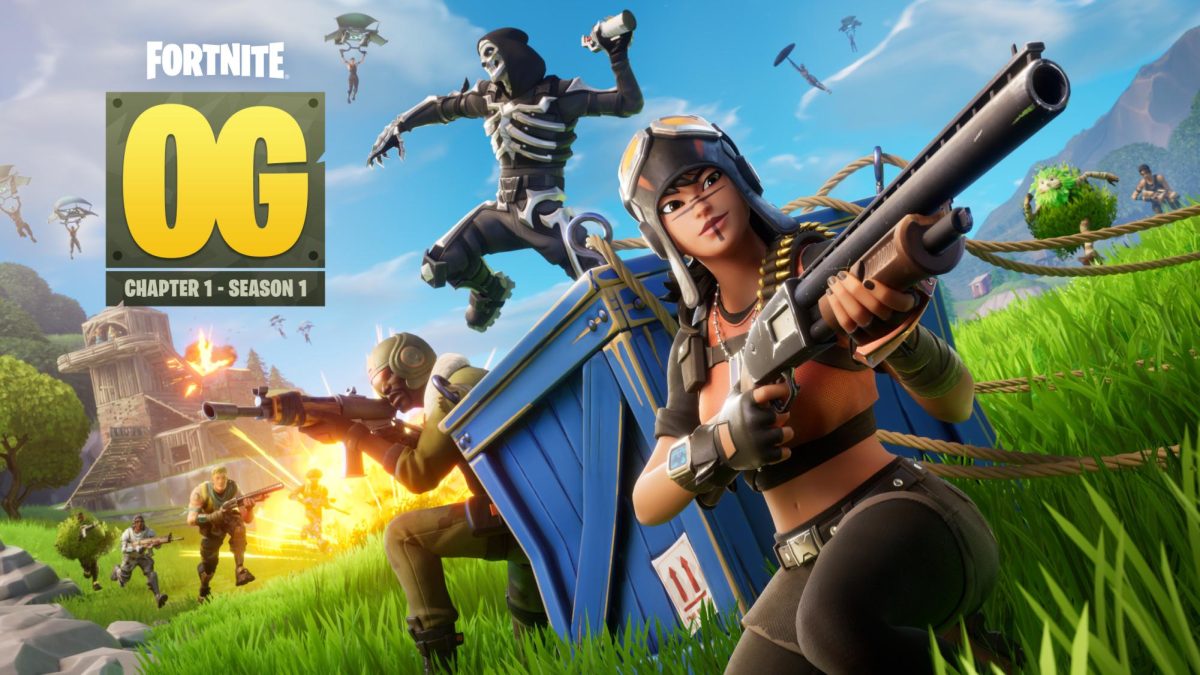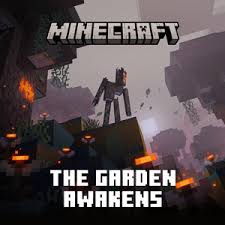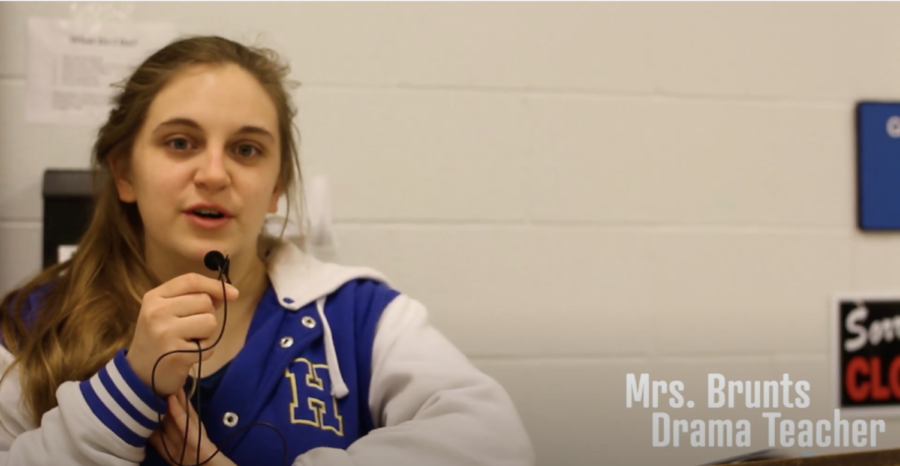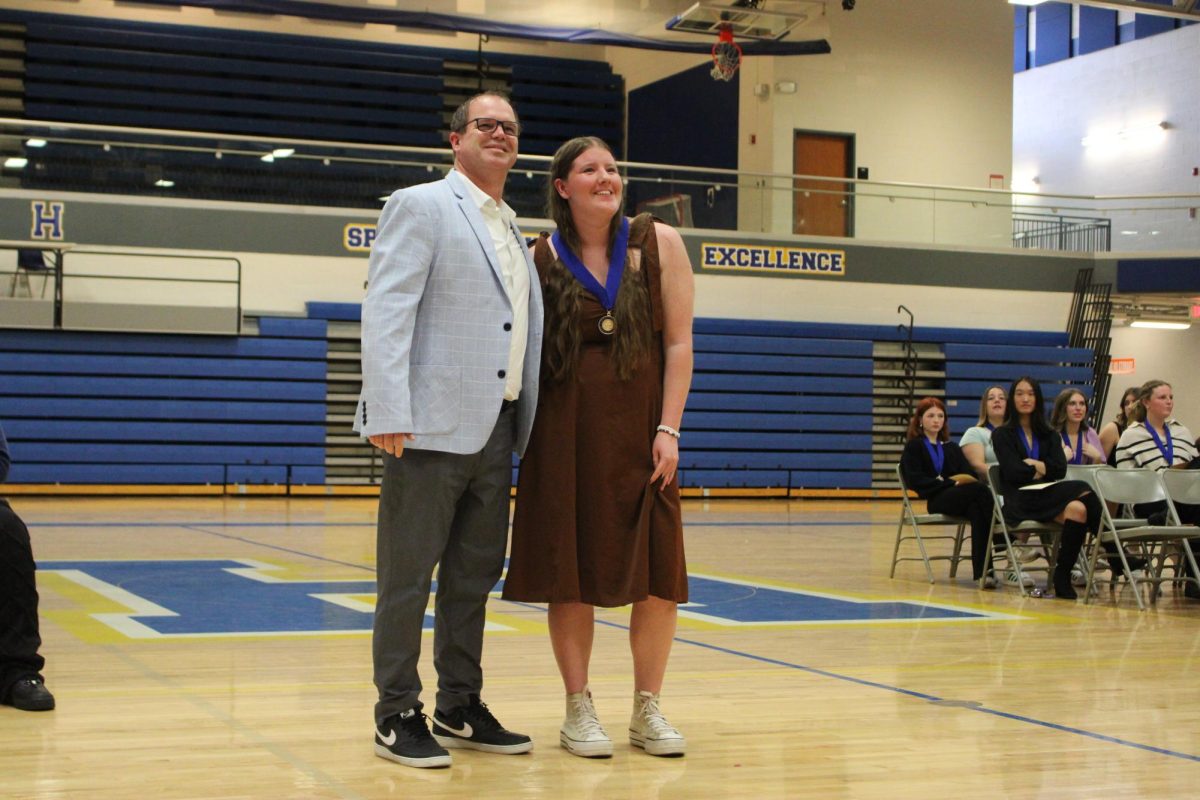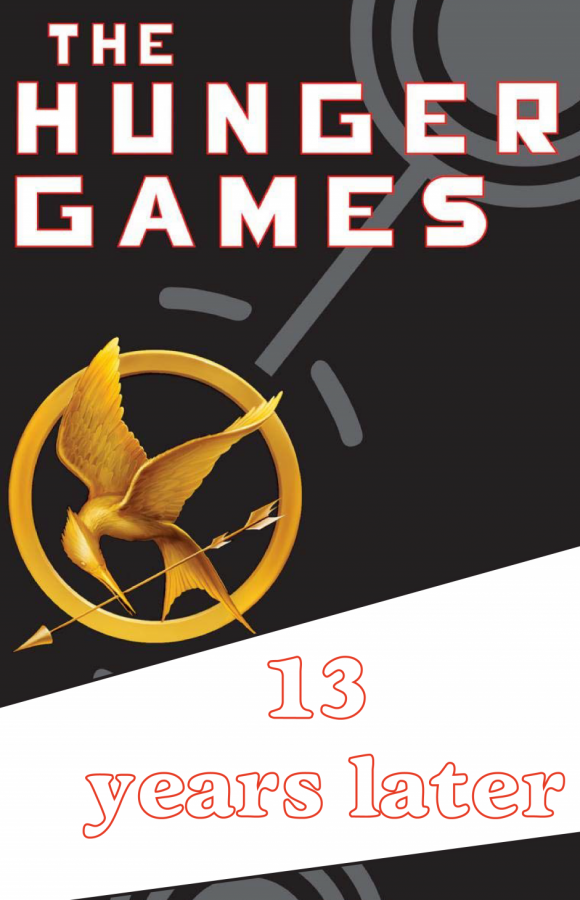The Hunger Games 13 years later
The Hunger Games, by Suzanne Collins, is by no means a “new book,” but once you read it, it’ll surely take up a new place in your heart. If you’ve read “The Long Walk” by Stephen King, and “The Lottery” by Shirley Jackson, you’ll see that The Hunger Games is more or less a combination of the two. In “The Lottery,” lots must be drawn, and the person who loses gets stoned by the other members of the community. This resembles the reaping the tribute’s face, where names are drawn from a glass bowl to determine who shall fight in the games. In “The Long Walk,” families must walk until only one person remains, everyone else dying on the trek. This is the mirror image of The Hunger Games– the games don’t end until one person remains.
While some of the premises of The Hunger Games have been taken and modified, the majority of the credit goes to Suzanne Collins, 59. Before she wrote The Hunger Games, Collins wrote The Underland Chronicles, which were published in 2003-2007. Both series are New York Times bestselling novels, so to say the least, Collins is a very accomplished writer. Not only is Collins a successful author, she’s also an American television writer.
The plot of The Hunger Games is fresh, featuring kids being chosen to fight to the death. To go into more detail, the novel is set in a dystopian society named Panem that is divided into 12 districts ruled over by the Capitol. As punishment for a failed revolt, each district is forced to select two tributes, one boy and one girl, to participate in The Hunger Games, a brutal event where the tributes must kill each other until only one remains. Katniss’ “team” consists of her mentor, Haymitch Abernathy, escort Effie Trinket, her district’s other tribute, Peeta Mellark, and stylist, Cinna. Back in District 12, Katniss is fighting for her little sister whom she volunteered for, Prim, and her best friend, Gale. In order to survive the games, Katniss and Peeta must become star-crossed lovers, a romance that is seen throughout the book. Katniss’ skill with a bow and arrow sets her apart from the other tributes, as well as her show-stopping debut where she is deemed “the girl on fire.” Katniss must overcome not only the games, but a simmering rebellion.
The idea for The Hunger Games stems from Collins’ curiosity and knowledge of war. She wanted to write about just-war theory for young audiences, which is basically what you define as appropriate circumstances to wage war and what behavior is acceptable during the war and the aftermath. She wanted to teach children about the consequences of war and the effect it can have on families. Her hopes were that it’d inspire them to make better decisions as leaders of society.
The book’s intended audience is young adults and teenagers, but the book has hit home with some parents and adults as well. Since many of the book’s characters are teenagers, many teen readers are able to sympathize with them and some of the issues they face. Obviously, teenagers today aren’t going to relate to having to annually fight to the death, but the sacrifices the main character, Katniss, has to make is something that all teens can relate to.
If you’re still on the fence about whether or not to read the book, take the advice of the $694.4 million The Hunger Games series has made. The series has spent more than 260 consecutive weeks on the Times best seller list.
The plot is beyond comparison to any other book out there: the internal conflicts that Katniss faces, the romance she must keep up, the family she has to keep alive, and the Capitol she must not disobey. One has to commend Collins for the balance she provides and surprises she implements. However, Collins provides a great storyline, her writing style can be bland. For the younger readers, Collins’ work might seem incredible, much like I was when I first read the book. But for the older readers, the ones who have read more complex sentences and descriptive paragraphs in other works, The Hunger Games might seem bland in comparison. “…Of course, she did. This is the day of the Reaping.” I mean, where’s the flavor? Collin’s sentences are about as skillfully crafted as a fifth grader’s. Most of the sentences are simple, and while there are some instances where there’s a paragraph jam-packed with description, it just doesn’t feel right following a short and clipped sentence.
Just last year, Collins decided to release a prolog to the series, The Ballad of Songbirds and Snakes, which sold a whopping half million copies. The book tells the story of President Snow, the main antagonist of the series. While he is mentioned in the first book, he doesn’t show his true colors until the second and third books of the series. We also learn about the origins of The Hunger Games.
Despite Collins’ writing style, she still provides an impeccable storyline that keeps the reader entertained and hungry for more. As someone who has read the book several times over, and even finished the whole thing in a day, it’s worth the read. Regardless of the style in which the book is written, I’d recommend this book to anyone, for it shows how much of an impact one person can make.
May the odds be ever in your favor!

Hi! My name is Harper and I'm co-editor in chief of the yearbook. This is my third year on staff, and I've loved getting to try new things! I love shooting...

Hey! I'm this year's website editor and currently loving it, this is my second year on Yearbook staff. I'm going to be majoring in Journalism and Writing...






